What About Grass-Fed?
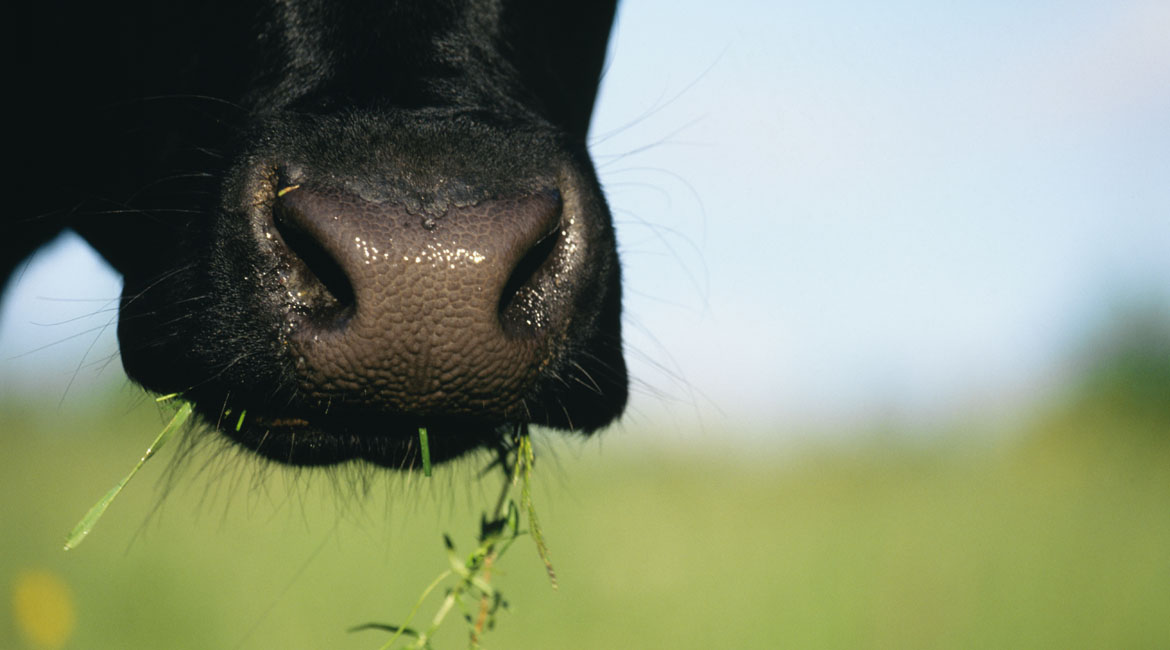
We’ve all heard the argument that pastured beef is more nutritious and better for the planet, and the term “grass-fed” conjures images of rolling green hills dotted with benignly grazing cows. But is it really possible to make meat healthy and sustainable?
The meat industry would like you to think so. In the past five years, “grass-fed,” “cage-free,” “pasture-raised,” “humane meat” and of course organic meat products have become more and more visible in the butcher’s department and restaurants.
Proponents argue that grass-fed and organic meat is better for you and the planet (some go so far to say it fights climate change!), because green pasture offsets beef’s carbon footprint, sequestering carbon in soil, and eating grass infuses meat with more vitamins and antioxidants. But is that really the case? We took a closer look at these claims, and found there’s another side to the grass-fed story.

Is Grass-Fed Healthier?
Beef that’s organic and raised on grass may indeed be free of the pesticide residues, antibiotics, and growth hormones present in conventional meat. But it still contains plenty of cholesterol and saturated fat, both of which are associated with higher risks of heart disease, diabetes, and some cancers, and are also linked with risk factors for obesity and hypertension, points out the Physicians Committee for Responsible Medicine. “Animal products, however they are produced, increase the risk of many diseases,” the group states.
"Grass-fed cows actually produce more methane than cattle in a feedlot."

But What About Omega-3s?
Proponents point out that grass-fed beef is higher in Omega-3 fatty acids, a kind of healthy fat. And they’re right. Grass-fed beef has around 50% more Omega-3s than conventional meat. But let’s take a second look at those numbers. Because the levels of Omega-3s in regular beef are so low, grass-fed doesn’t offer a big improvement. According to the USDA, a serving of grass-fed top sirloin only offers around 65 mgs of Omega-3s, about 22 mgs more than conventional — and still well short of the recommended amount of 300 – 1000 mgs per day. There are other plant-based sources that pack a punch of healthy fats without the cholesterol.
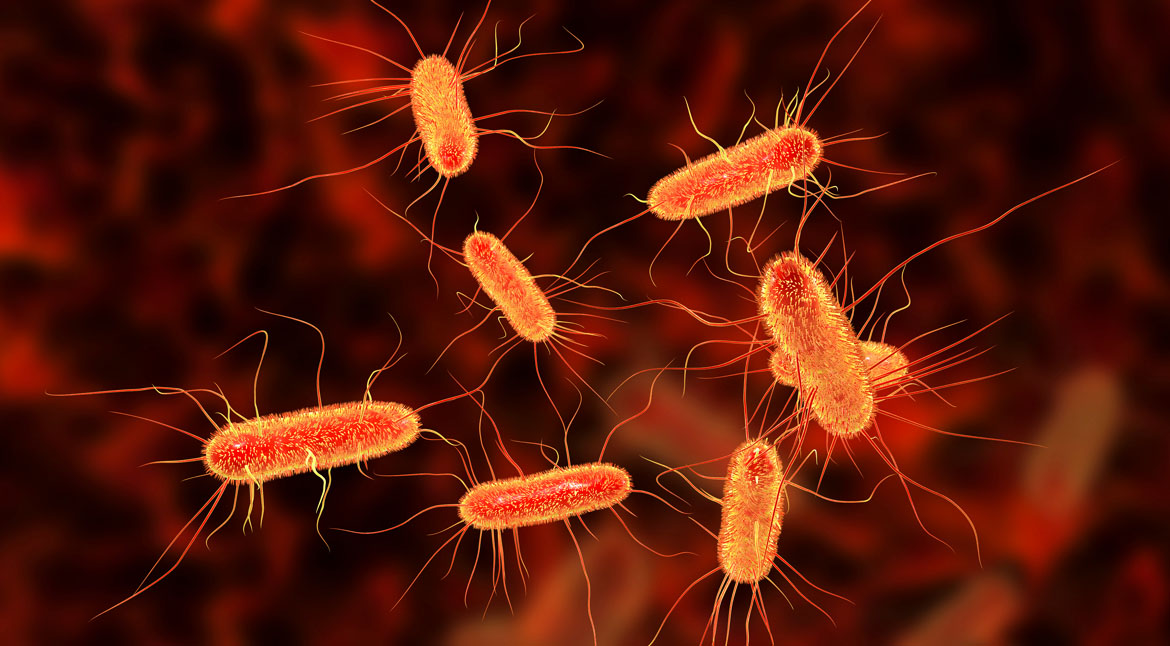
Don’t Forget Food Poisoning.
As consumers, we tend to focus on nutritional content when we think about the health effects of food, but foodborne illness is a serious concern, and meat is a common source (More than 600 consumers got sick from consuming salmonella-tainted poultry products processed by Foster Farms alone in 2013 and 2014, and Cargill has recalled more than 20 million pounds of beef and poultry products tainted with E. coli and Listeria bacteria, respectively since 2000. This recalled meat has been linked to foodborne illness outbreaks, miscarriages, and several deaths). Illnesses stem from pathogens like salmonella and E. coli, that live in animals’ intestinal tracts and contaminate any kind of meat product, whether the animal was grass-fed or not.
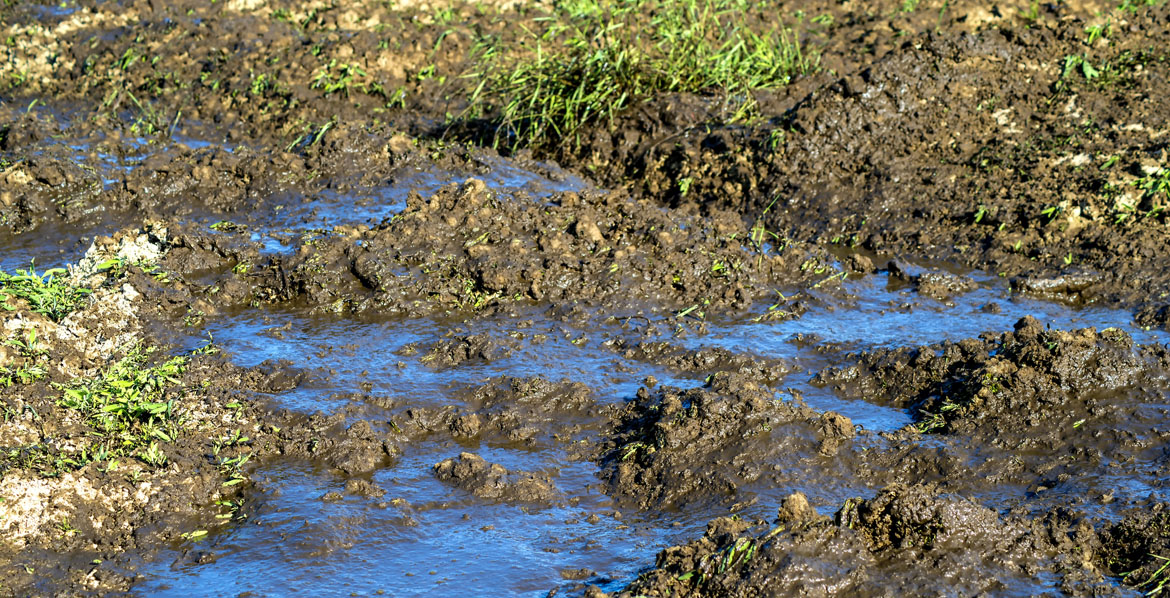
dung lake on a meadow
Isn’t Grass-Fed Better For the Environment?
Whether they eat grass or grain, cattle still produce more greenhouse gas emissions than other livestock, and have a much larger “carbon hoofprint” than plants, points out Stephanie Feldstein of the Center for Biological Diversity. “And although waste from grass-fed cattle typically isn’t concentrated the way it is at feedlots, the animals are still producing large quantities of manure that can pollute waterways and alter the ecosystems where they’re grazing,” she says.
If you think grazing on pastures reduces the impact of greenhouse gas emissions, think again. Because of their grassy diet and longer life spans (it takes longer to fatten a cow on grass than it does on grain), grass-fed cows actually produce more methane than cattle in a feedlot.
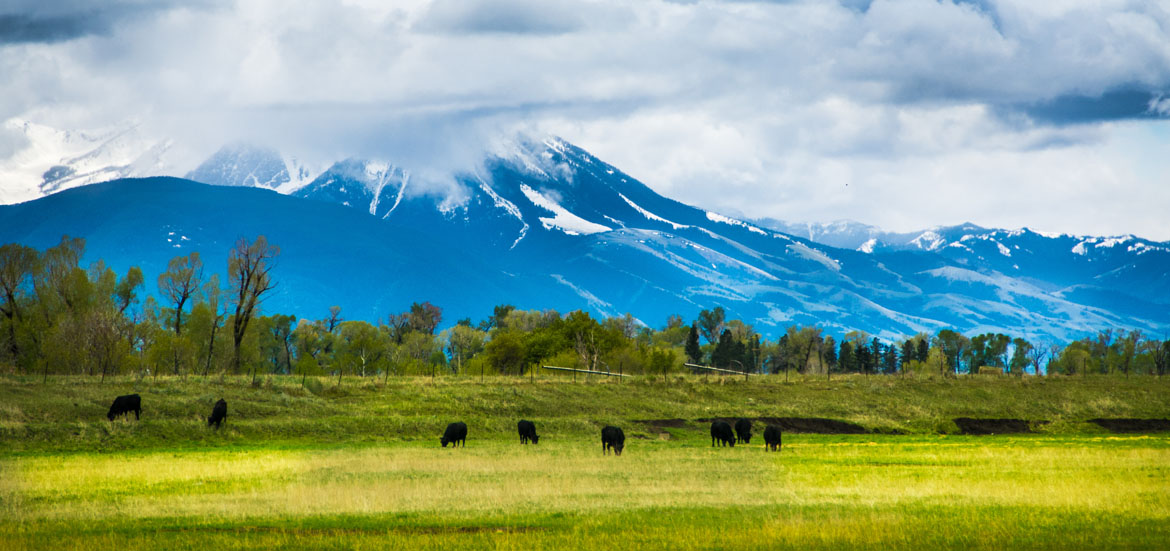
Take a Look at Land Use
“Grass-fed meat requires an enormous amount of land, and that part is often left out of the story,” Feldstein says. “It really should be called habitat-fed beef.” Pasture-raised animals also generate their own unique environmental problems, Feldstein adds, particularly threats to wildlife. In addition to competing with wild animals for forage and water, millions of native animals, from wolves to prairie dogs, are killed each year by the USDA, mainly to benefit the livestock industry, she points out. “On public lands, 175 threatened or endangered species are imperiled by grazing livestock,” she says. “And that’s not even accounting for all the rainforests and native grasslands that have been wiped out to create pasture.”
No matter how you slice it, meat doesn’t become healthy or sustainable just because it’s organic or was raised in a pasture. After taking a hard look at some of the meat industry’s arguments for grass-fed beef, we think their claims should go back in the deep freeze.
What's Next?
Wow, right? Get stories like this and more delivered to your inbox every month. Sign up for our Newsletter today and get a free OMD Starter Guide to boot!


